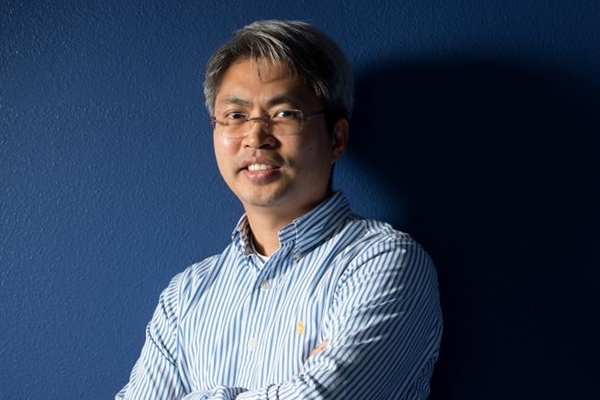26 January 2018. A company spun-off from a university tissue engineering research lab received clearance from the Food and Drug Administration to market its polymer material in the U.S. to help regrow bones. Molecular Matrix Inc. in Sacramento, California is a 7 year-old company based on research at University of California – Davis medical school, founded by cell biology professor Charles Lee.
The company’s main product is Osteo-P, which received the FDA clearance, known officially as 510(k) premarket notification, for the applicable section of the Federal Food, Drug, and Cosmetic Act. Osteo-P substitutes for an individual’s real bone, to help fill voids, such as when fractures occur. The material is made from an engineered biocompatible and biodegradable polymer material, with carbohydrate molecules bound in to encourage and support natural bone growth.
While the Osteo-P material is a spongy and porous scaffold, when placed into bone grafts, it recruits precursor bone cells called osteoblasts to form into collagen and mineralize to provide strength in bone tissue. Molecular Matrix says the material supports and guides the growth of new bone material in voids and grafts, which becomes fully functioning after healing.
In a company statement, Lee says, “Osteo-P provides an optimal microenvironment for infiltration of bone precursors such as osteoblasts that have been known to play a key role in bone regeneration. This microenvironment includes a significant surface area that allows the flow of fluids and metabolites, leading to the formation of healthy bone.”
Lee, an adjunct professor in the UC-Davis medical school’s Department of Cell Biology and Human Anatomy, formed the company initially to commercialize his research on scaffolds for stem cells to develop into mature tissue. Ironically, Osteo-P provides a scaffold that stimulates growth of new bone without stem cells, starting instead with precursor cells such as osteoblasts.
Molecular Matrix expects to release Osteo-P for distribution in March. The company plans to make the material available as large pore granules, sheets, cubes, wedges, and cylinders or in custom sizes.
Lee says Molecular Matrix benefited from UC-Davis’s research commercialization entrepreneurial development programs such as Venture Catalyst that helps gain intellectual property protection for discoveries and raise capital. And while raising capital is important to any enterprise, he credits the proximity to UC-Davis with helping recruit talent, including interns, that are a key driver in the company’s development. “I ended up getting more and more people who believed in the technology,” Lee notes in a university statement, “and when the people came together, the money followed.”
More from Science & Enterprise:
- Stem Cell Patches Shown to Treat Heart Attack Damage
- Large-Scale Process Devised for Lab-Made Liver Tissue
- Stem Cells Shown to Heal Chronic Leg Wounds
- 3-D Organ Printing Company Gains Seed Funds
- Engineered Insulin-Producing Cells to Be Grown in Lab
* * *


 RSS - Posts
RSS - Posts
You must be logged in to post a comment.